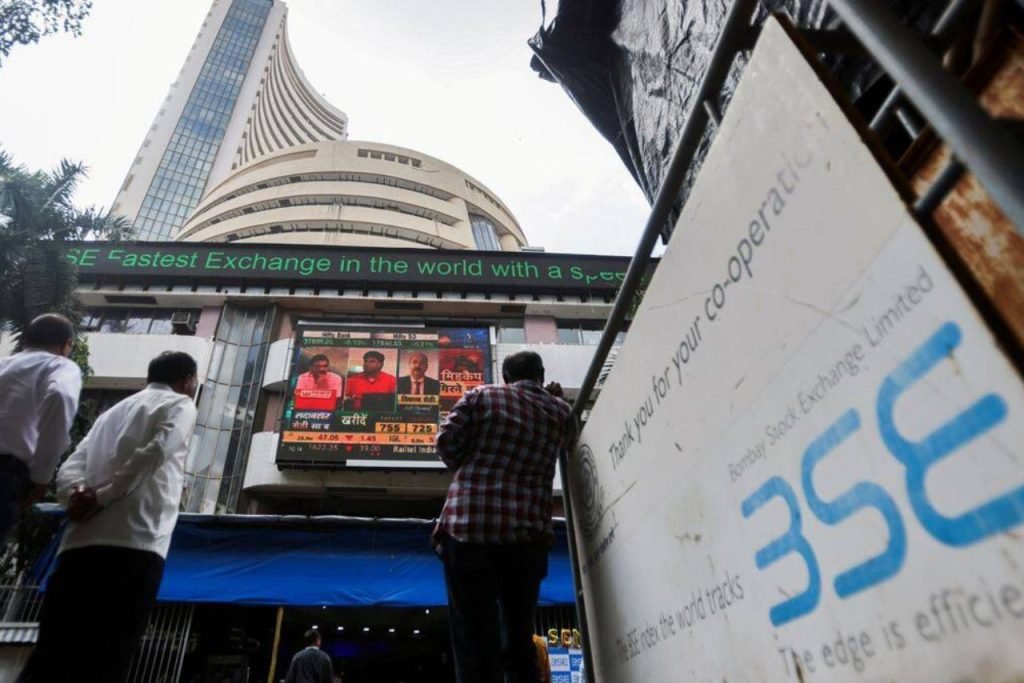

When companies raise funds through an Initial Public Offering (IPO), they list their shares on stock exchanges like the BSE or NSE. In this process, existing investors may sell their stake to the public. If these investors choose not to sell, the company can raise funds through fresh share issues. Once the shares are listed, they become available for the public to buy or sell on the exchange. This allows companies to raise capital and provides liquidity for investors.
The Indian Regulatory body, SEBI has a set of rules on Promoter Contribution and Lock-in requirements. The purpose of the lock-in period is to stabilize the share price and to encourage long-term investors. There is a set of rules that needs to be followed by the pre-listing company investors that are being listed on the exchanges.
What is Lock in period?
The lock-in period is the time after an IPO when certain shareholders, such as promoters, pre-IPO investors, and employees, cannot sell their shares. The promoter’s shareholding after the offer for sale upto 20% of post-issue capital holds a lock-in period of 18 months, if they hold more than 20% then it is 6 months.
The non-promoters or pre-IPO investors and other shareholders have a 6-month lock-in as per SEBI guidelines. For Anchor Investors, there will be a 90-day lock-in period for the 50% of the shares allotted followed by a 30-day lock-in period on the remaining 50% of the shares.
What is Lock in shares & value?
The Lock-in shares refer to the portion of shares that cannot be sold during this period. These shares are part of the company’s outstanding shares, which are the total shares issued and available in the market, including locked-in and freely tradeable shares. Those Lock-in shares can reduce market liquidity temporarily.
Further, the Lock-in value is the total worth of locked-in shares at the current market price of those respective companies. Investors need to track these developments to ensure they protect their capital against increased share supply in the market, which can impact the stock price due to the end of the lock-in period.
Listed below are some of the recently listed stocks that are expected to end the lock-in period worth around Rs. 80,000 crore in the month of February 2025.
The lock-in value is considered as of 30th January 2025 sourced from Nuvama Alternative & Quantitative Research.
| Company | Lock-in Open Date | Lock-in Shares (Cr) | % of Outstanding Shares | Lock-in Value (₹ Cr) |
| Brainbees | 10-Feb | 33.53 | 6.46 | 15,980 |
| Ola Electric Mobility | 10-Feb | 196.22 | 4.45 | 13,105 |
| Premier Energies | 28-Feb | 10.56 | 2.34 | 9,918 |
| Concord Biotech | 14-Feb | 2.09 | 2 | 4,293 |
| Juniper Hotels | 26-Feb | 12.8 | 5.75 | 3,590 |
| Ceigall India | 10-Feb | 10.81 | 6.21 | 3,289 |
| Swiggy | 10-Feb | 6.52 | 0.29 | 2,639 |
| NTPC Green Energy | 24-Feb | 18.33 | 0.22 | 2,107 |
| Northern Arc Capital | 17-Feb | 9.89 | 6.13 | 1,923 |
| SBFC Finance | 11-Feb | 22.55 | 2.08 | 1,919 |
| TVS Supply Chain | 21-Feb | 8.96 | 2.03 | 1,248 |
| Interarch Building | 24-Feb | 0.66 | 3.99 | 1,099 |
Written by Santhosh
Disclaimer

The views and investment tips expressed by investment experts/broking houses/rating agencies on tradebrains.in are their own, and not that of the website or its management. Investing in equities poses a risk of financial losses. Investors must therefore exercise due caution while investing or trading in stocks. Dailyraven Technologies or the author are not liable for any losses caused as a result of the decision based on this article. Please consult your investment advisor before investing.
The post Stocks that may experience high volatility in February as ₹80,000 Cr worth of shares exit lock-in period appeared first on Trade Brains.

